Our study of accountability continues this month, and now that we have a fuller understanding of what accountability is and where it comes from, we can look at some of the complexities of developing a culture of accountability.
Last month’s post finished by addressing the importance of understanding accountability in a fluid way that takes into account life’s twists and turns and resetting expectations accordingly.
However, you may have also noticed that setting different standards of accountability has the potential to create problems: if there is not a consistent standard, how can we create a culture of accountability that every one is expected uphold?
To answer this question, we first need to appreciate the dynamic between a company and its employees.
The Iron Fist is Bound to Break: Flexibility is King
An organization’s internal politics and culture play a large role in determining how flexible that organization can be when it comes to accountability. Yet it’s always a delicate balance: too much and the company is likely to be taken advantage of, too little and it may become difficult to retain quality employees.
Unless you’re running a military or paramilitary organization, where intense personal discipline is part of the job description, ruling with an iron fist is unlikely to produce the desired results. Indeed, the military does produce a strong culture of accountability, but it does so through rigid chain-of-command and orders-giving processes that simply won’t work for most organizations and the people they employ.
Humans are a package deal; they have skills we desire, but they also come with needs, wants, goals, and maybe even some personal struggles, which is why a flexible approach to accountability is much more practical — even if it comes with some added challenges.
Balancing Flexibility and Accountability
Everyone has strengths, weaknesses, and limitations. Effective management is about maximizing strengths while accommodating weaknesses and limitations in order to help the company meet its objectives.
When we talk about strengths, we are referring to the skills the person possesses that the company needs. Weaknesses are the gaps between company needs and a person’s skills, and limitations are constraints that prevent a person from maximizing their strengths endlessly (e.g. work-life balance or working at an appropriate pace).
Managing all this can quickly become a complicated game.
Each player has their role, but neither the roles nor the players are equal. How could one possibly maintain any standard of accountability?
Well, you have to understand that accountability exists on two levels.
Level One: Values Are Important
The first level pertains to meeting business goals (e.g. work quality and deadlines) and functional operations (e.g. work hours and company culture/values).
As noted previously, company culture is key when it comes to establishing your standard of accountability, as it will determine how flexible you’re willing to be.
Consider the following:
• Can someone be excused for missing a deadline if it happened because they were attending to other pressing company needs, or is it more important for you to have a staff that knows their limitations and will to speak up if they can’t take on more work?
• Are you willing to let employees work from home, or would you rather have them on site to keep a healthy eye on their productivity?
• Can employees set their own hours, so long as the job gets done on time and within budget, or do you value the reliability of the 9-5 routine?
Setting these sorts of standards is important because they provide a measure of whether or not employees are accountable to the company’s values.
Level Two: Managing Skills and Assets
Everyone was hired because they possessed certain skills, yet it is only natural that they have more skills in one area than in another.
But what do we do if someone is a superstar in one area but very rough-around-the-edges in another?
Ideally, we’d simply load them up with the tasks they’re good at and re-assign the ones they struggle with. Yet this move can be an ethically dubious one because it starts to make different standards for different people in the same or similar roles.
Questions like, “Why do I have to if so-and-so doesn’t?” are bound to be asked.
Setting different expectations around responsibility sets different expectations around accountability. This isn’t a bad thing in and of itself, though it does need to be managed.
For the most part, people will tolerate minor differences in responsibilities as long as they too are afforded opportunities to play to their strengths and minimize their weaknesses.
After all, that’s what the company wants too. That is why flexibility is such a vital part of developing a healthy culture of accountability.
Exactly how to create this delicate balance of flexibility, accountability, and equitability is up to you. But don’t forget to set healthy limits. Being flexible is not the same thing as saying anything goes.
Is your business growing as you think it should? Are you realizing your business goals and dreams? If not, or if you don't know, then contact us.
About our guest author: Logan M. Rohde, PhD
Logan finished his doctorate at University of Western Ontario in English in 2018 and has since moved into freelance writing for business leaders.
